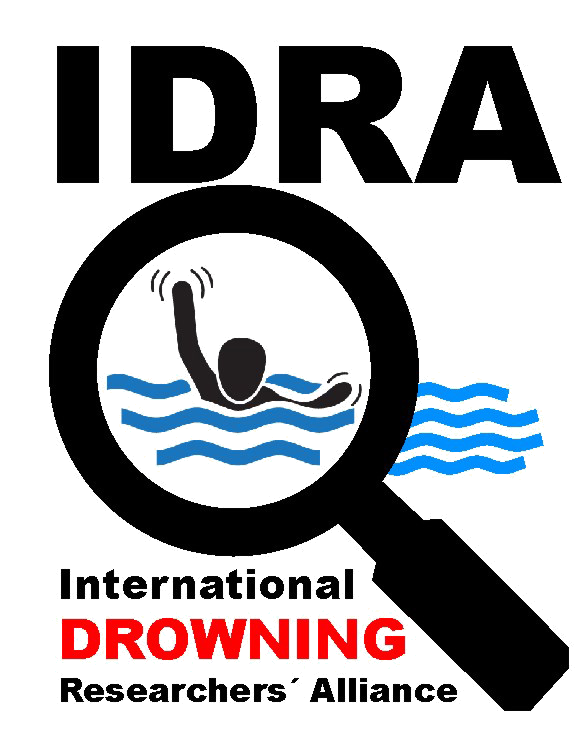
Step by Step
In a broad sense, research is a process of steps used to systematically gather and analyze data, information and facts to increase our understanding of a topic.
The major steps in conducting research are:
- Identification of research problem
- Literature review
- Specifying the purpose of research
- Determine specific research questions
- Specification of a conceptual framework (set of hypotheses)
- Choice of methodology (or data collection)
- Data collection
- Analyzing and interpreting the data
- Reporting and evaluating research
- Communicating the research findings and, possible, recommendations
The research methodology is the process used to collect information and data and takes three main forms:
- Exploratory research (helps to identify and define a problem or question)
- Constructive research (tests theories and proposes solutions to a problem or question)
- Empirical research (which tests the feasibility of a solution using empirical evidence)
There are two major types of research design: qualitative research and quantitative research. Researchers choose qualitative or quantitative methods according to the nature of the research topic they want to investigate and the research questions they aim to answer:
Qualitative research is often used as a method of exploratory research as a basis for later quantitative research hypotheses. This type of research aims to investigate a question without attempting to quantifiably measure variables or look to potential relationships between variables. It is viewed as more restrictive in testing hypotheses because it can be expensive and time consuming, and typically limited to a single set of research subjects.
The quantitative research designs are experimental, correlational, and survey (or descriptive). Statistics derived from quantitative research can be used to establish the existence of associative or causal relationships between variables. The Quantitative data collection methods rely on random sampling and structured data collection instruments that fit diverse experiences into predetermined response categories. These methods produce results that are easy to summarize, compare, and generalize. Quantitative research is concerned with testing hypotheses derived from theory and/or being able to estimate the size of a phenomenon of interest. Depending on the research question, participants may be randomly assigned to different treatments (this is the only way that a quantitative study can be considered a true experiment). If this is not feasible, the researcher may collect data on participant and situational characteristics in order to statistically control for their influence on the dependent, or outcome, variable. If the intent is to generalize from the research participants to a larger population, the researcher will employ probability sampling to select participants.
In either qualitative or quantitative research, the researcher(s) may collect primary or secondary data. Primary data is data collected specifically for the research, such as through interviews or questionnaires. Secondary data is data that already exists, such as census data, which can be re-used for the research.
Mixed-method research, i.e. research that includes qualitative and quantitative elements, using both primary and secondary data, is becoming more common.


